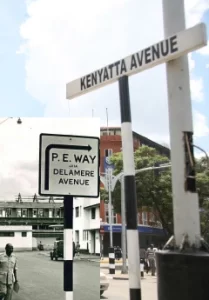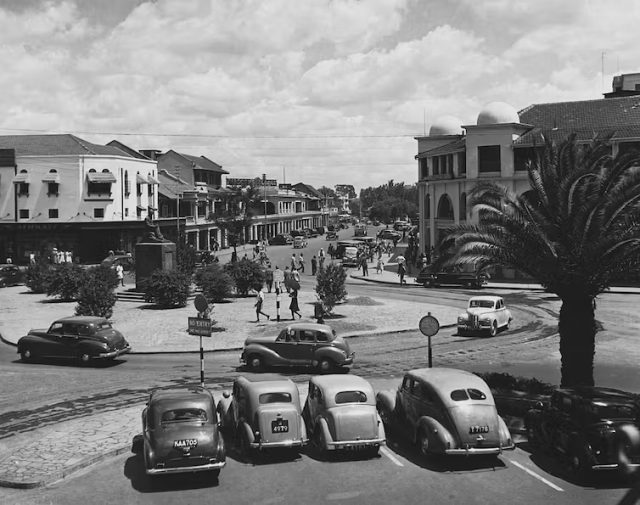After years of colonial rule, Kenya would gain her independence on December 12 1963 with President Jommo Kenyatta taking the helm.
But even as the country declared its independence, it would carry along some colonial nomenclature. In what could have been an intention to create an atmosphere of a home away from home, the British settlers would assign most streets and estates in the capital after British royals and their political elite.
According to Dr. Kenneth Ombongi, a historian and the current chair, department of history and archeology at the University of Nairobi, the obtaining situation is a reminder of our colonizer’s dominance with the British having used the naming landscape to demonstrate their power to subjugate the native community.
“Labelling was part of colonial socialization of their colonial subjects to enhance prospects of subservience to the colonial state and take a colonial identity.” Opines Dr. Ombongi.
According to Ombongi, names of places alongside urban symbols were used as a tool of control that would alienate the native community to further make them submissive.
“Identity is socially constructed and all social constructs are informed by historical processes. The British were imperialists; and what imperialism do is to change identities and make them subservient to imperialism.” Observes Ombongi.
Some of the city estates have retained their original names while others have assumed English corrupted names.
An example is the current Donholm estate located in the city’s Eastlands area which was previously a dairy farm with J.K Watson as its owner still known by the same name.
The Karen suburbs derive its name from Karen Blixen, a Danish author who owned the area before she sold the land to Remy Martin.

Parklands, Highridge, Hurlingham, Lavington, Riverside, Spring Valley and Westlands among others still maintain their original names.
City roads were also assigned colonial names with the ring road, which is a series of connected roads encircling the city, having British connection.
“That was part of colonial project instruments to alienate the locals from their cultural and traditional identity with the aim of dominating and subsequent control,” argues Ombongi.
The street naming landscape has however witnessed major changes with city streets now assuming different names. Kenyatta avenue was previously known as Delamere avenue named after Hugh Cholmondeley the Baron Lord Delamere, Coronation avenue has since been renamed Harambee avenue, Kimathi street was formerly Herding street while Sadler street is now Koinange street.

Stewart street named after early Governor Sir Donald Stewart is now Muindi Mbingu street, Connaught road became parliament road, Victoria street is now named Tom Mboya street, Government road is now Moi Avenue while White House road is the current Haille Sellasie Avenue.
While nationalism has seen most of the naming landscape acquire indigenous names, hangovers remains with some naming landscape maintaining the status quo 60 years on in what Dr. Ombongi terms as the paradox of a country that changed but did not fully transform.






















